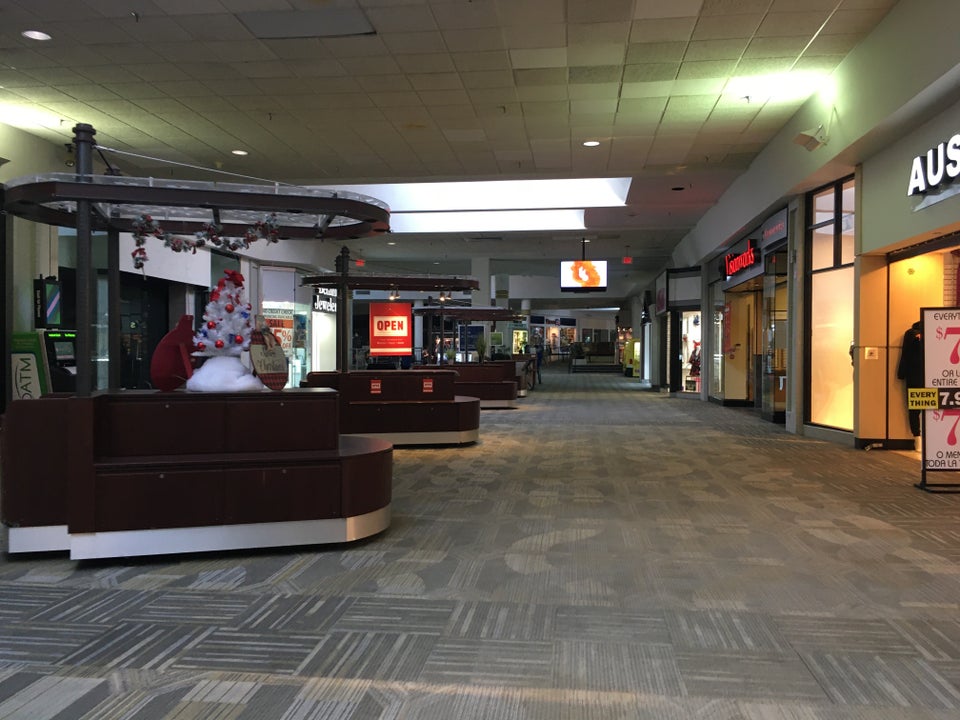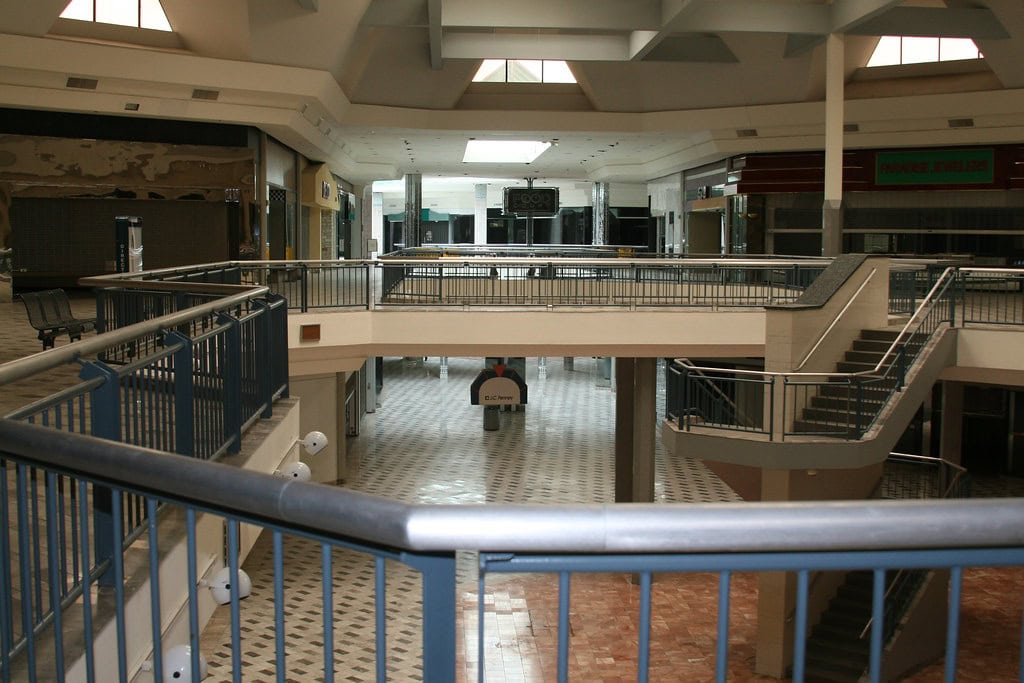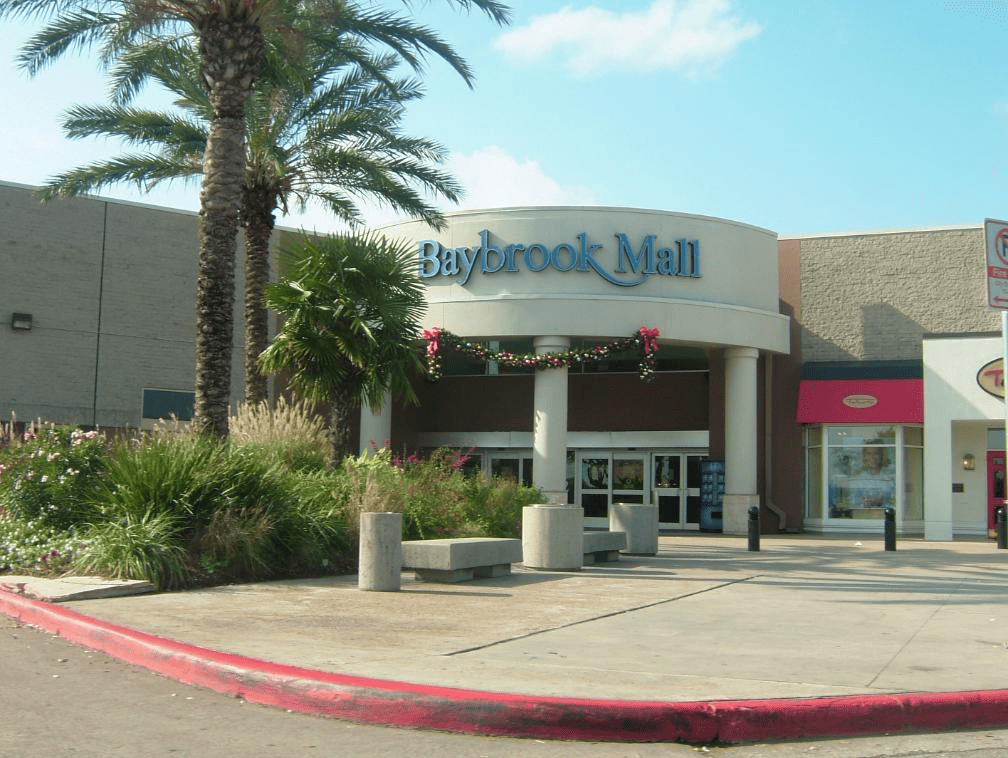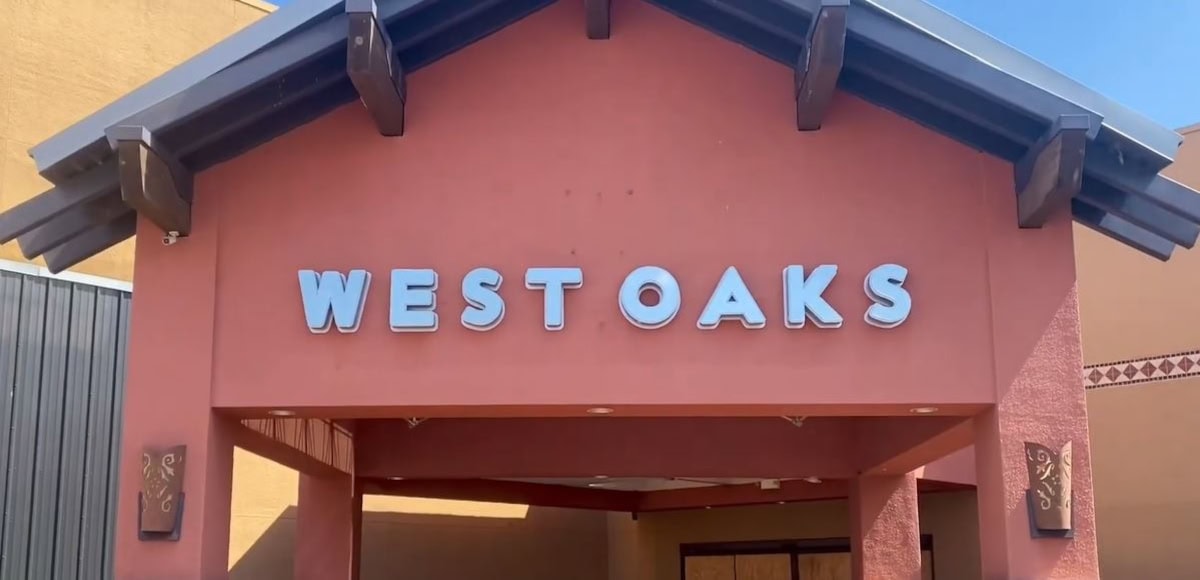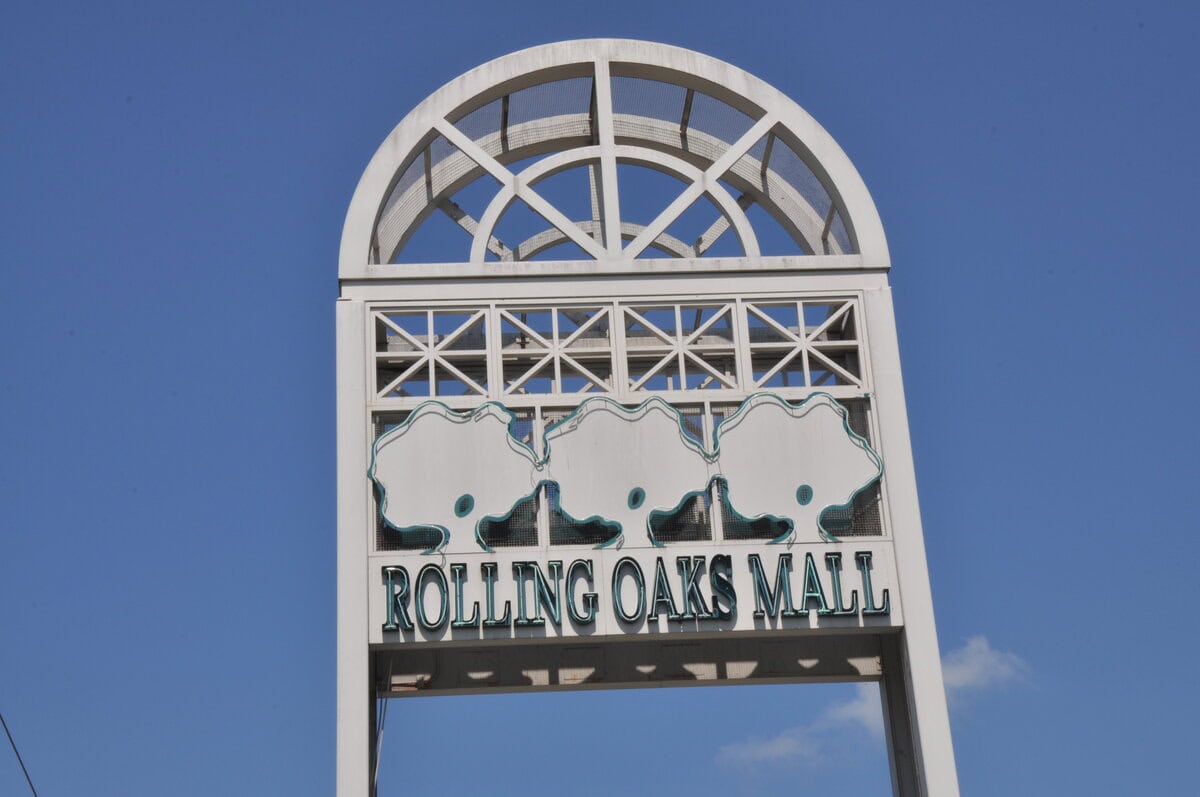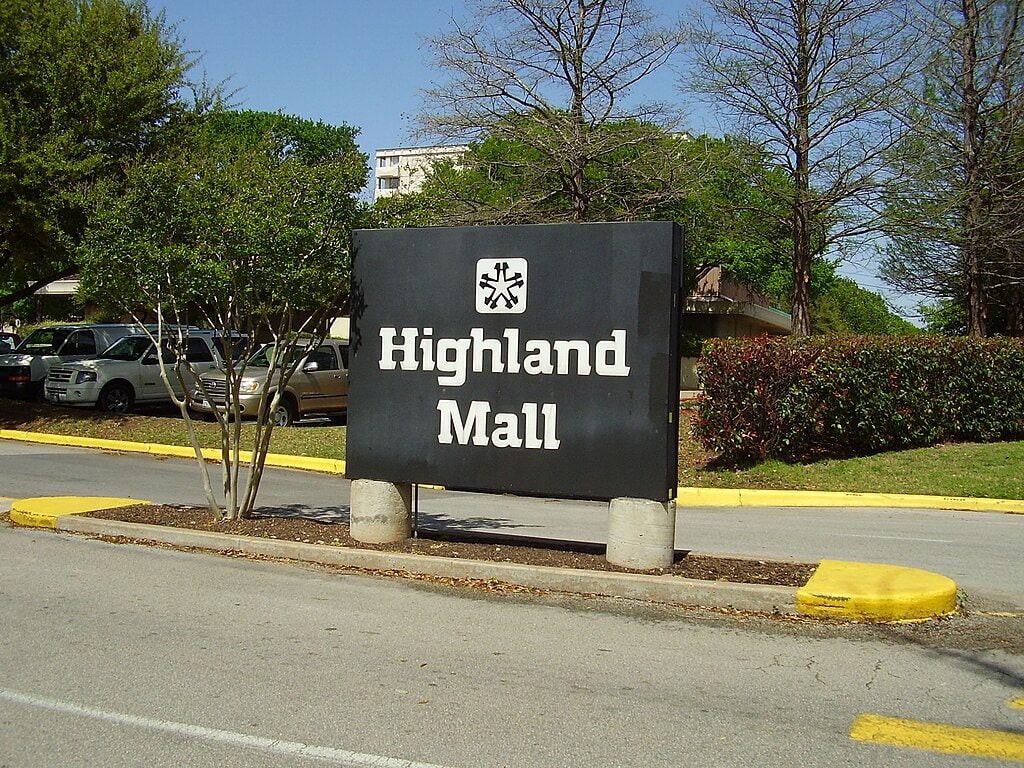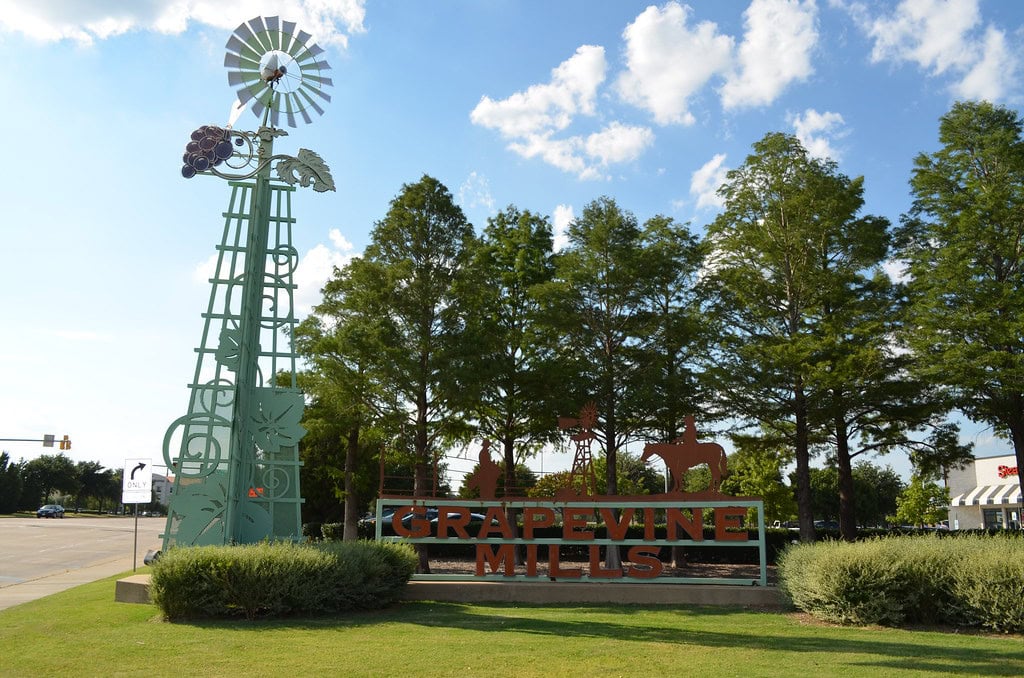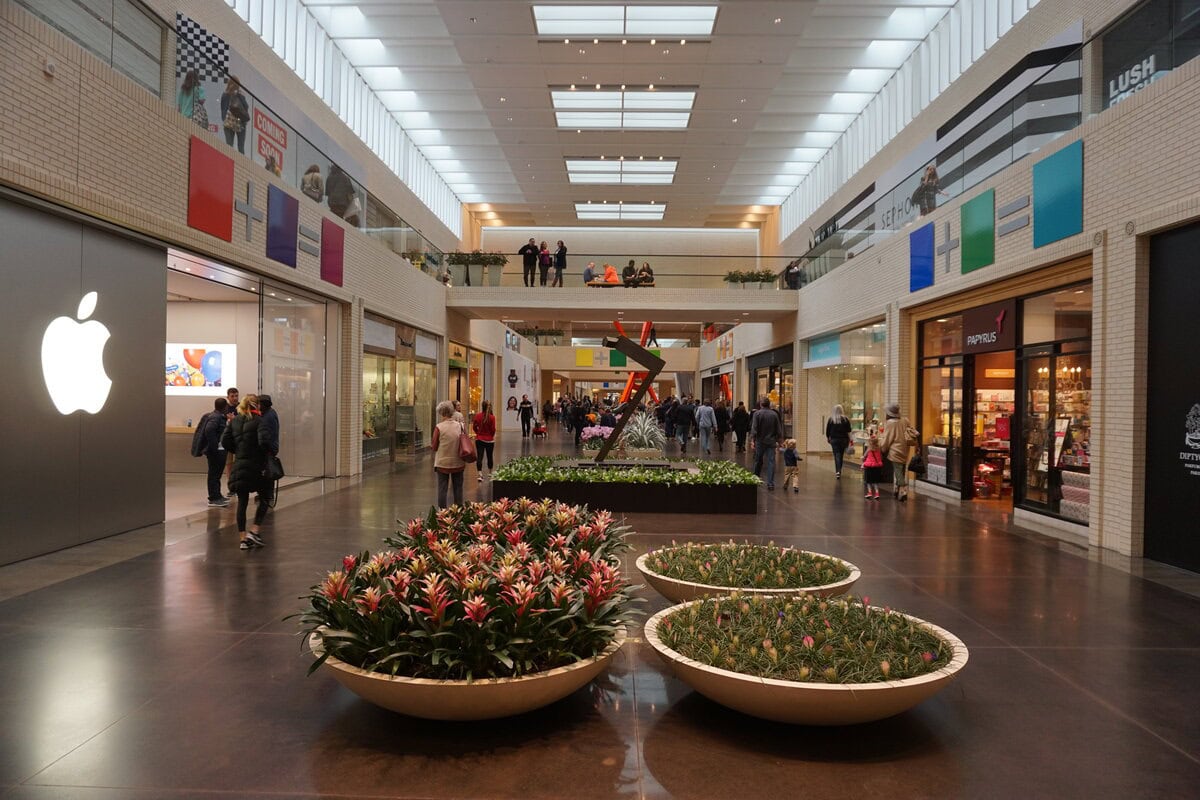There are things about Georgetown that don't make it onto walking tours or welcome signs.
A courtroom that changed state history. A sculpture that most people pass without knowing what it is. Streets that once held cotton gins and livestock.
Some details are buried in archives. Others are hiding in plain sight. Here are ten things even longtime residents might not know about the city.
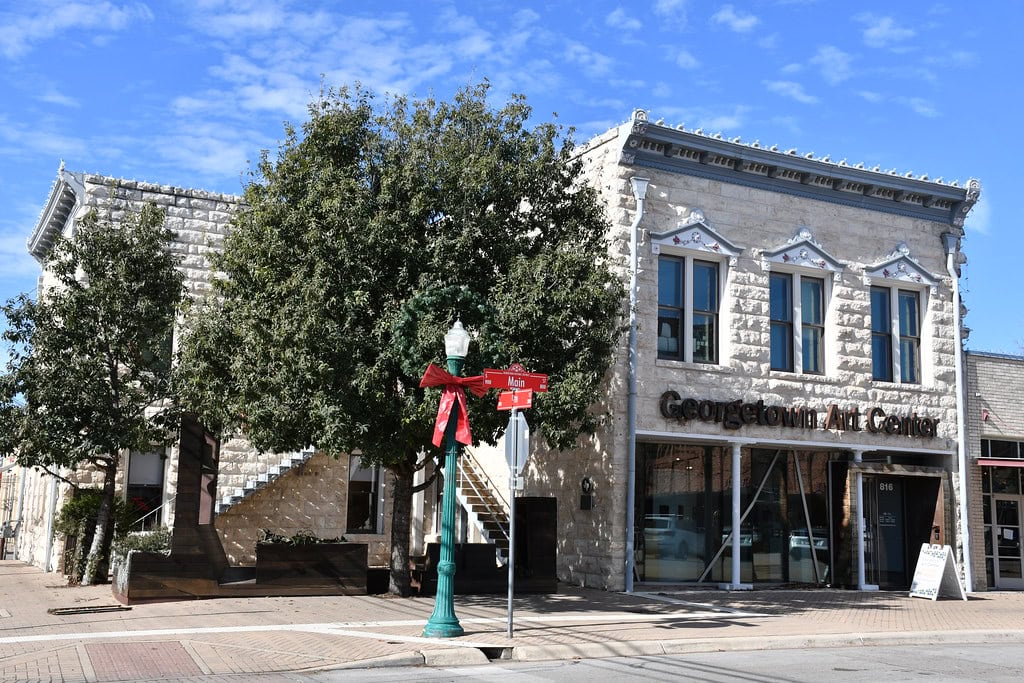
Georgetown hit 18 inches of rain in one day, and that wasn't the worst part
In early September 1921, remnants of a Gulf Coast hurricane stalled over Central Texas.
In less than 24 hours, parts of Williamson County received over 18 inches of rain.
The San Gabriel River and Brushy Creek overflowed.
Floods swept through farmland and small towns, killing over 200 people across the state, with several drownings reported near Georgetown.
The event remains one of Texas's deadliest inland floods. Infrastructure at the time was minimal: roads washed out, and bridges collapsed.
In the aftermath, the city and county didn't immediately build new defenses.
The U.S. Army Corps of Engineers didn't complete Lake Georgetown and its dam until 1979, almost 60 years later.
A carved horse skull sculpture stands on a college lawn
On the campus of Southwestern University in Georgetown, a granite sculpture called Monstrance for a Grey Horse stands on a base near the Fine Arts Center.
Created by James Acord and installed in the early 2000s, the work features a carved horse skull mounted atop a pedestal made entirely of granite.
While often mistaken for a real skull embedded in stone, the sculpture is fully sculpted and does not contain animal remains.
It was donated by alumnus Joey King, class of 1993, and remains accessible to the public.
Students pass it daily on their way to class, and it has appeared in student publications and photography blogs.
The sculpture stands roughly 7 to 8 feet tall, based on its proportions next to nearby people and objects.
Southwestern University predates the city in which it resides
Southwestern University was founded in 1873, but its institutional roots go back to 1840, eight years before Georgetown was even incorporated.
Four earlier colleges merged to form Southwestern, making it the oldest institution of higher learning in Texas.
The campus sits a few blocks east of the downtown square and spans 700 acres.
Its original administration building, Mood Hall, was completed in 1908 and remains in use.
Though small, the university has graduated Rhodes Scholars and Fulbright recipients.
Students walk to class under pecan trees, and the chapel's bell still rings across campus during midday hours.
The San Gabriel River has been restocked with rainbow trout
Every winter, the Texas Parks and Wildlife Department stocks the San Gabriel River with rainbow trout near Blue Hole Park.
The fish arrive in early December and are intended for recreational fishing.
They don't survive long once temperatures rise, so locals and visitors often crowd the riverbanks in the first weeks of the season.
Limits apply, five trout per angler, but the event is open to anyone with a fishing license.
Blue Hole Park sits just blocks from downtown and has limestone cliffs, picnic areas, and a shallow swimming section.
The trout release has become an informal tradition, though it's not marked by an official festival or signage.
The Klan lost one of its earliest legal battles in a Georgetown courtroom
In 1923, a white traveling salesman was abducted, whipped, and tarred by members of the Ku Klux Klan outside Georgetown.
The attackers wore robes and hoods. Williamson County attorney Dan Moody, only 29 at the time, led the prosecution.
The trial resulted in convictions for Klan members, a first for Texas and one of the earliest successful legal challenges to the Klan anywhere in the country during its 1920s resurgence.
Moody's efforts caught national attention and helped launch his career. He was elected governor four years later, at just 33.
The original courthouse where the trial took place still stands on the Georgetown square, housing county offices and drawing visitors interested in legal history.
The city powered itself entirely with wind and solar before Austin did
In 2015, Georgetown signed long-term contracts to source all of its electricity from wind and solar providers.
By 2017, it became the first city in Texas, and one of the first in the country, to power its municipal-owned utility entirely with renewables.
The decision was made for financial stability, not environmental reasons.
Georgetown Utility Systems locked in fixed rates from wind farms in Amarillo and solar installations near Fort Stockton.
While the city received national attention, including a visit from Al Gore, the plan drew criticism when energy costs later exceeded expectations.
Some council members called for changes to future procurement strategies, but the 100% renewable contracts remained in effect.
The Palace Theatre downtown remains a top entertainment venue after more than a century
Built in the 1920s and restored in the late 1990s, the Palace Theatre occupies a prominent spot on Georgetown's courthouse square.
Originally a movie house, it now operates as a nonprofit live performance venue, offering musicals, plays, concerts, and youth productions year-round.
The building retains its vintage marquee and Art Deco facade.
At the same time, the interior has been updated to support modern lighting and sound systems.
In 2017, the Austin American‑Statesman named it Georgetown's best live entertainment venue.
It draws both local residents and visitors from nearby cities. Volunteers staff many of the productions, and casting often features community members.
The Palace remains central to downtown nightlife, especially on weekends, when Main Street is packed with foot traffic.
A hailstorm in 2025 left the streets looking like snowdrifts
On April 22, 2025, a hailstorm moved through Georgetown with little warning.
The hailstones were mostly marble-sized but came down with enough force and volume to cover streets, lawns, and rooftops in white.
Piles of hail collected in storm drains and along driveways.
Residents uploaded videos showing children sledding down sloped yards using cardboard and plastic storage-bin lids.
The storm also brought wind gusts of up to 40 mph.
Though no major damage was reported, cleanup crews took several days to clear blocked gutters and sidewalks.
The National Weather Service later noted the storm as an example of "unusual ground accumulation" in a non-winter month.
The Georgetown Fire House and Old City Hall is a rare dual-purpose 19th-century building
Constructed in 1892 from locally quarried limestone, the Georgetown Fire House and Old City Hall were designed to house multiple city functions under one roof.
Located at the corner of 9th Street and Main, the building originally held the city's fire station, council chambers, jail, and water works office.
Its Romanesque architecture features arched windows and a prominent corner entrance.
It served as Georgetown's main municipal building into the mid-20th century before being repurposed for other civic uses.
In 1984, it was designated a Recorded Texas Historic Landmark.
Today, the structure remains intact and has housed several tenants over the years, including the Georgetown Chamber of Commerce and other local organizations, while preserving its historic appearance.
The downtown square was once surrounded by hitching posts and cotton gins
In the late 1800s, Georgetown's town square was the trading hub for area farmers.
Cotton was the dominant crop, and three gins operated within walking distance of the courthouse.
Merchants offered dry goods, animal feed, and tools. Hitching posts lined the square, and livestock could be seen tied along the wooden boardwalks.
Some of the original buildings still stand, though their interiors have been modernized.
The Georgetown Heritage Society has documented these businesses in detail, including a blacksmith's shop where a bank now sits.
By the 1920s, cars had replaced wagons.
However, traces of the square's agricultural past are visible in property records and masonry advertising still legible on brick walls.

